Explore 20 intriguing food facts that will change how you view your diet. From ancient rituals to modern innovations, discover a world of culinary wonders that challenge perceptions and invite dietary reconsideration. Join us on this journey to unlock fascinating insights into the diverse and sometimes bizarre realm of food.
Durian, the “King of Fruits”
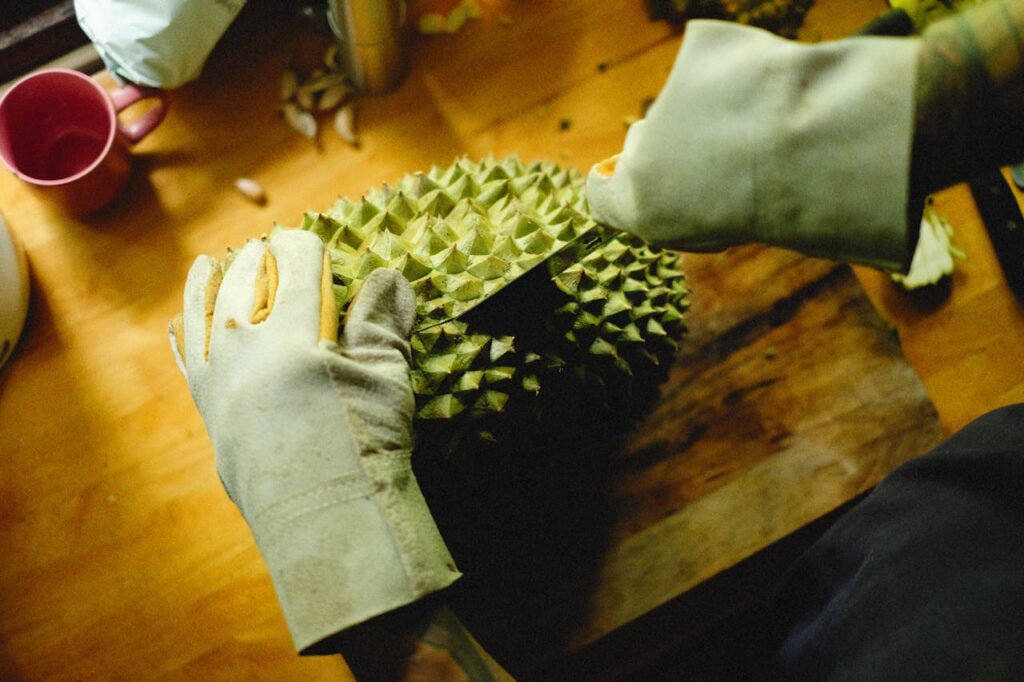
Known for its strong odor that some find offensive, the durian is a divisive fruit that is loved by many and despised by others. Despite its pungent smell, it is packed with nutrients like vitamin C, potassium, and dietary fiber, making it a nutritious addition to your diet if you can get past its distinctive aroma.
Edible Insects
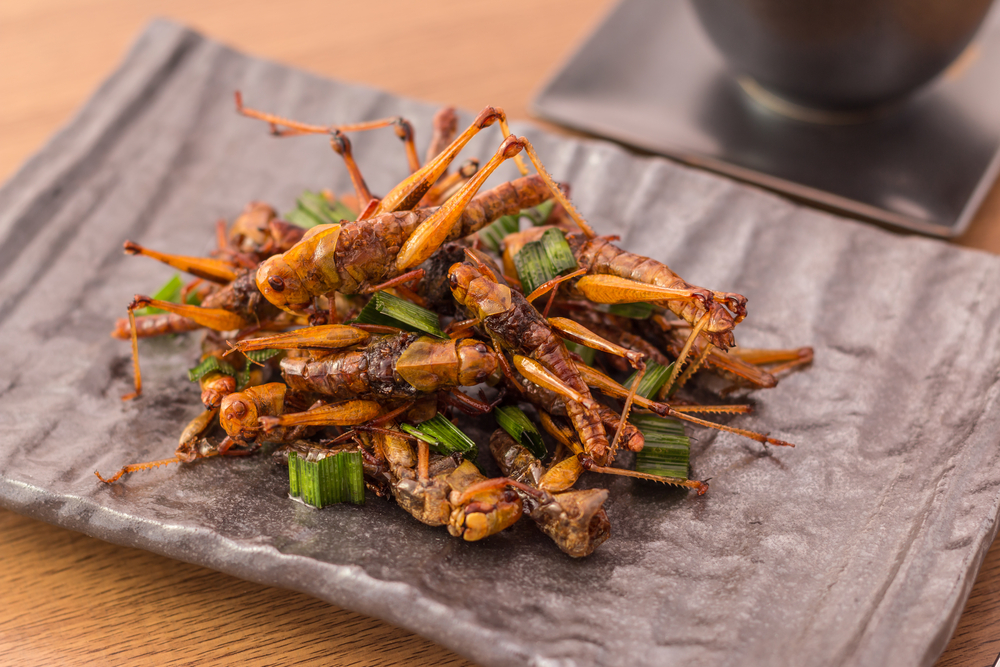
While not commonly consumed in many Western countries, insects are a significant part of diets in various cultures worldwide. They are rich in protein, low in fat, and environmentally sustainable compared to traditional livestock farming, prompting a reconsideration of incorporating insects into our diets for a more sustainable future.
Fugu, the Deadly Delicacy

Fugu, or pufferfish, is a delicacy in Japan known for its potentially lethal poison. Chefs undergo rigorous training to remove the toxic parts, making it a risky yet sought-after dish for adventurous eaters, highlighting the cultural and culinary significance of taking calculated risks in gastronomy.
Kopi Luwak Coffee
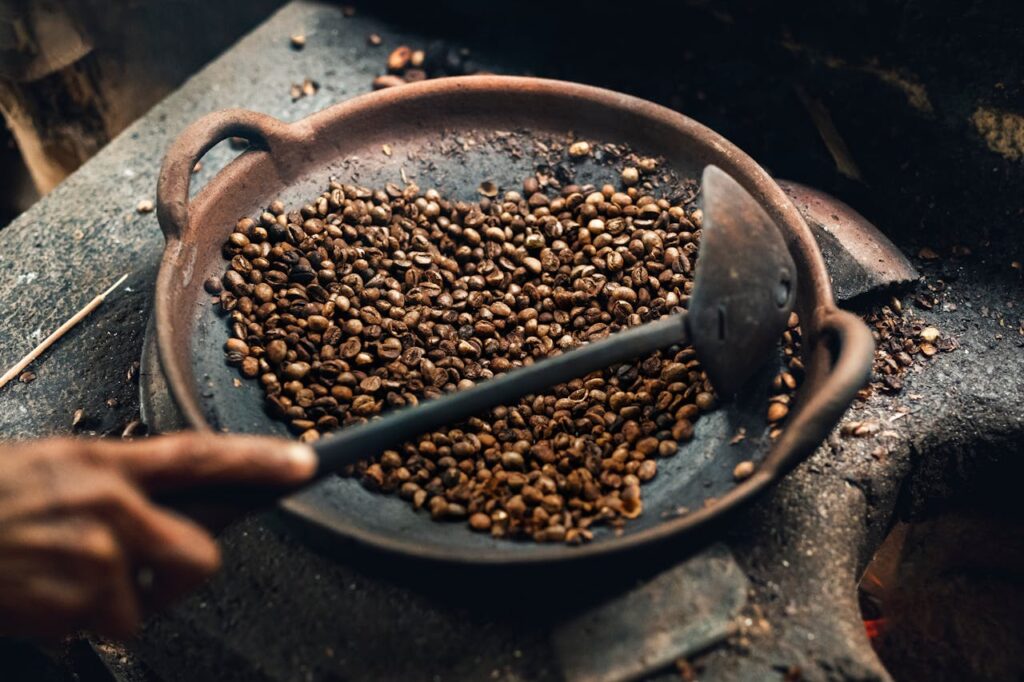
This unique coffee is made from beans that have been eaten and excreted by civet cats. Despite its unusual production process, Kopi Luwak is highly prized for its smooth flavor, raising questions about the ethics and sustainability of luxury food items sourced from unconventional methods.
Balut, the Duck Embryo
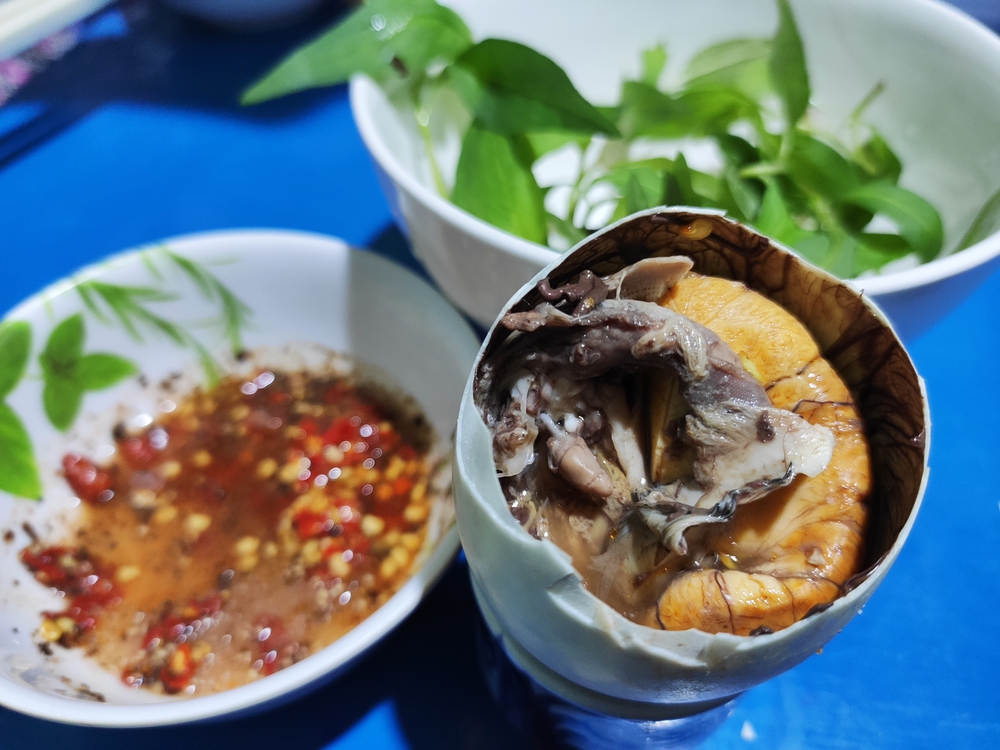
A popular street food in Southeast Asia, balut is a fertilized duck egg with a partially developed embryo inside. While it may seem unusual to some, balut is a protein-rich snack enjoyed by many, showcasing the diversity of global culinary traditions and the varied perceptions of what constitutes acceptable food.
Blue Cheese and Its Mold
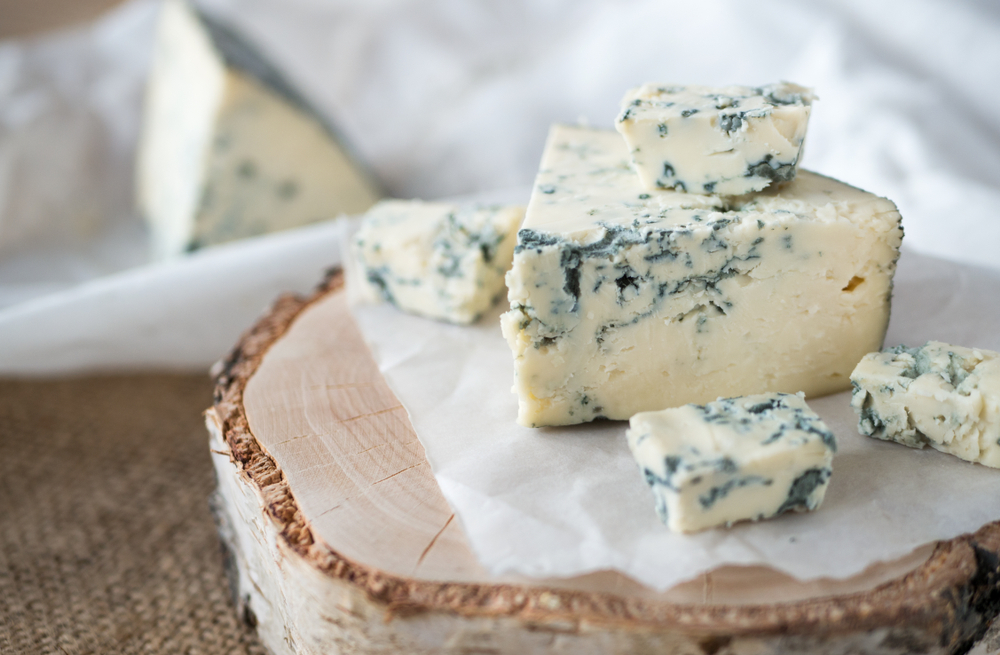
Blue cheese gets its distinctive flavor and appearance from the mold Penicillium roqueforti. Despite its moldy appearance, this cheese is beloved by many for its tangy taste and creamy texture, challenging preconceived notions about food spoilage and safety.
Wasabi, the Imposter
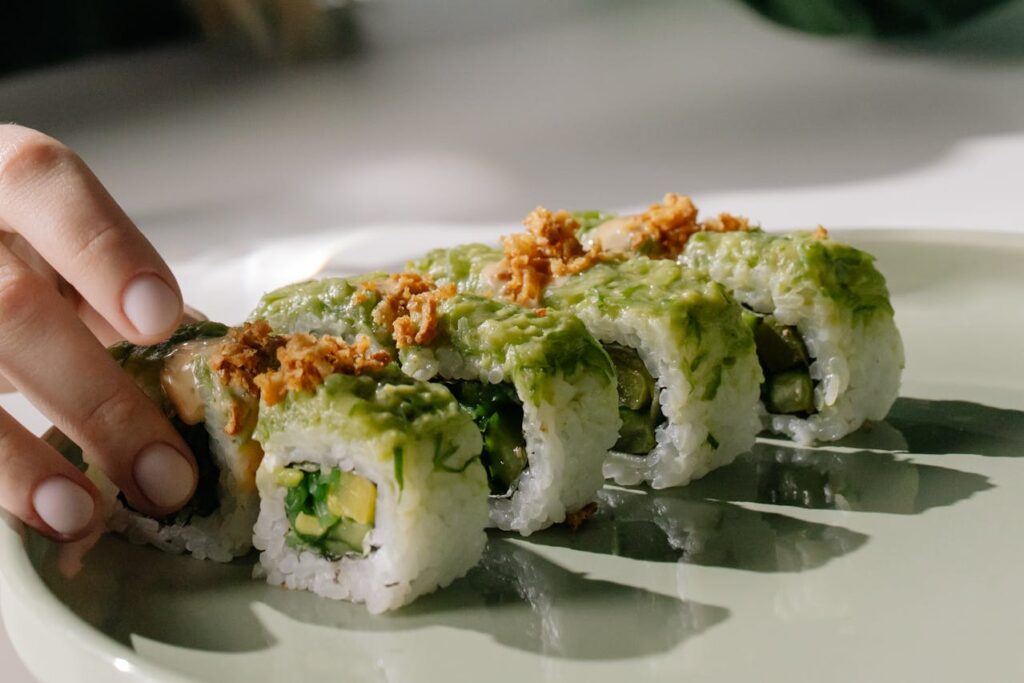
The bright green paste served with sushi in many places is often not real wasabi but a mixture of horseradish, mustard, and food coloring. True wasabi, made from the Wasabia japonica plant, is rare and expensive, leading to questions about authenticity and the use of substitutes in the food industry.
Ackee Fruit and Poisoning
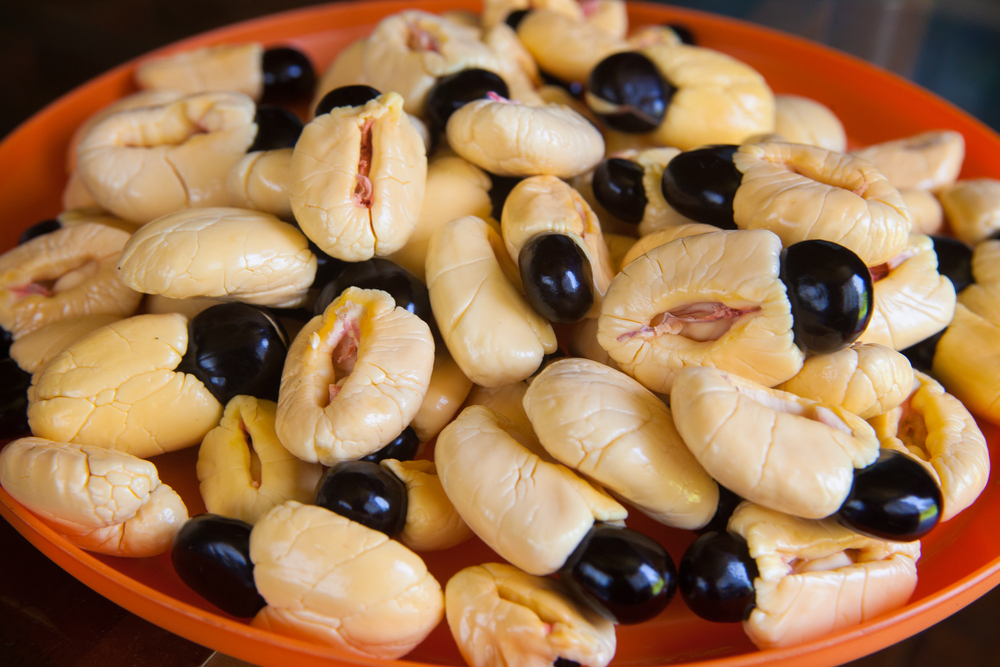
Ackee, a fruit native to West Africa, contains toxins that can be harmful if not prepared properly. When ripe and cooked correctly, ackee is a delicious and nutritious ingredient in Jamaican cuisine, underscoring the importance of food safety and preparation techniques.
Casu Marzu, the Maggot Cheese
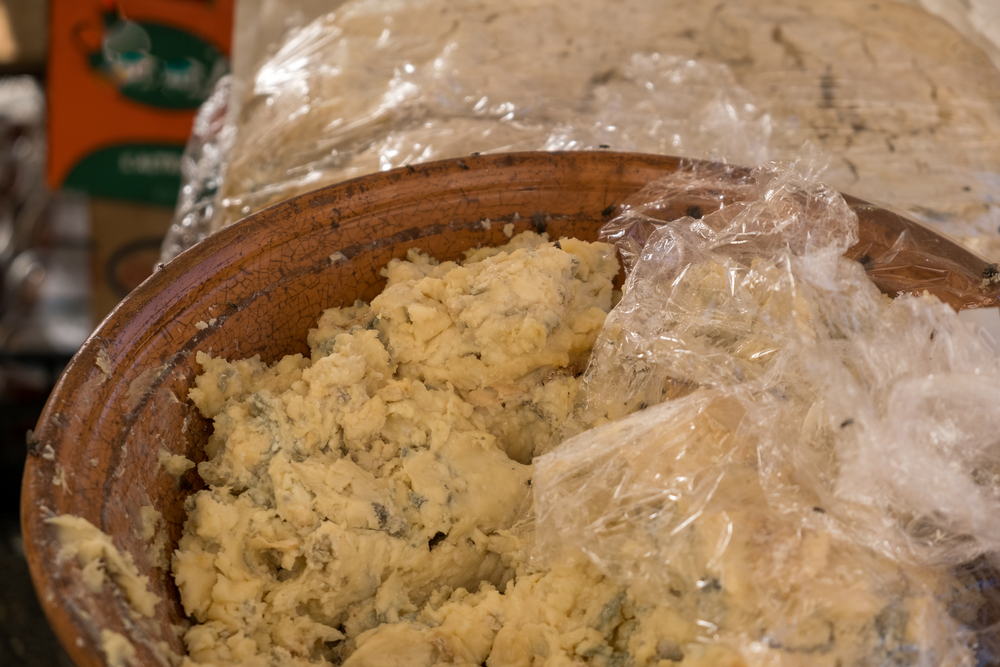
Hailing from Sardinia, Italy, Casu Marzu is a cheese infested with live insect larvae. Despite its unappealing concept, it is considered a delicacy for its unique flavor profile, sparking discussions about the boundaries of acceptable food practices and cultural preferences.
Century Eggs

Also known as hundred-year eggs, these preserved eggs are soaked in a mixture of clay, ash, salt, quicklime, and rice hulls for several weeks to months. The result is a pungent, gelatinous egg with a strong flavor, challenging conventional notions of egg preparation and consumption.
Natto, the Fermented Soybeans
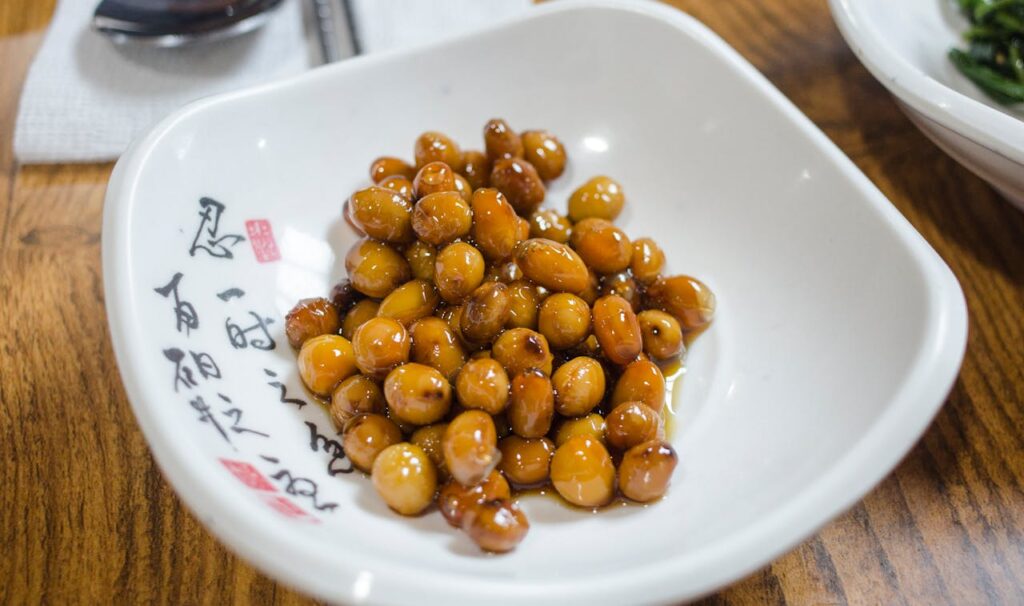
Popular in Japan, natto is fermented soybeans with a sticky texture and strong aroma. It is rich in probiotics and nutrients, promoting digestive health and offering a unique culinary experience that may inspire a reevaluation of fermented foods in one’s diet.
Stinky Tofu
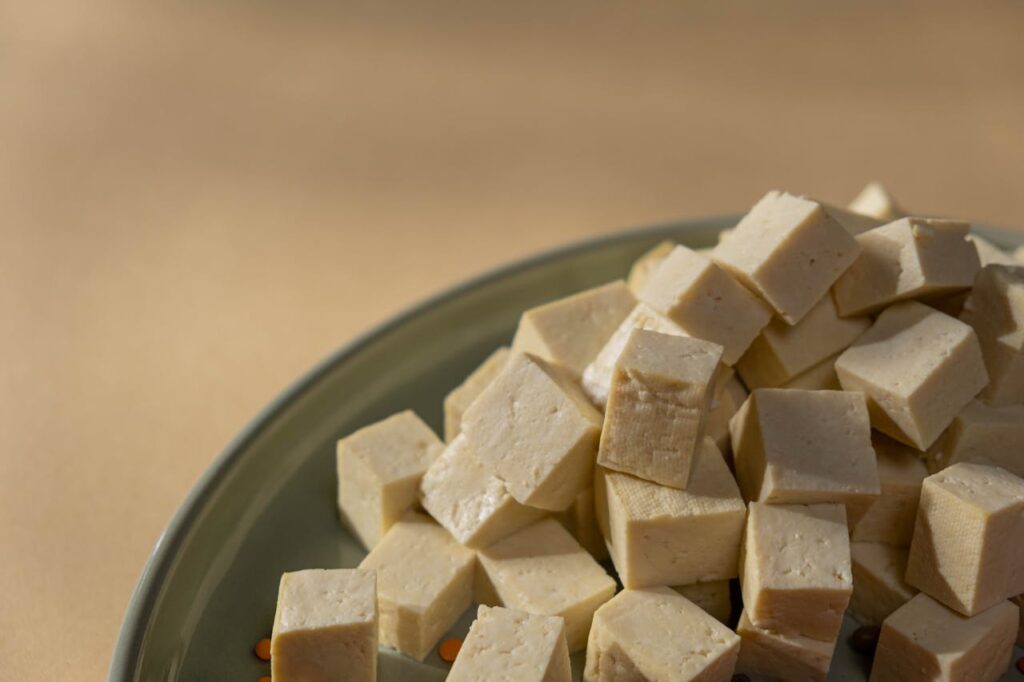
A street food favorite in parts of Asia, stinky tofu is fermented tofu with a potent odor that can be off-putting to some. Despite its smell, it has a crispy exterior and soft interior, highlighting the diversity of tofu preparations and regional food preferences.
Canned Bread
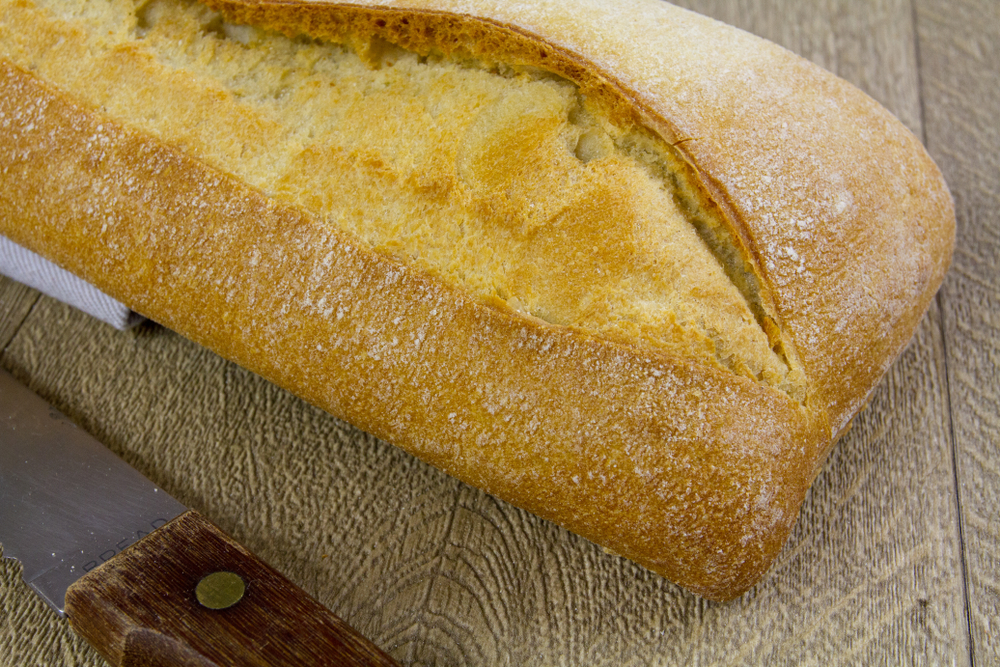
Originating from World War II rations, canned bread is a long-lasting bread product that has gained popularity among survivalists and outdoor enthusiasts. Its extended shelf life and convenience factor raise questions about food preservation methods and innovation in food packaging.
Amaranth, the Ancient Grain
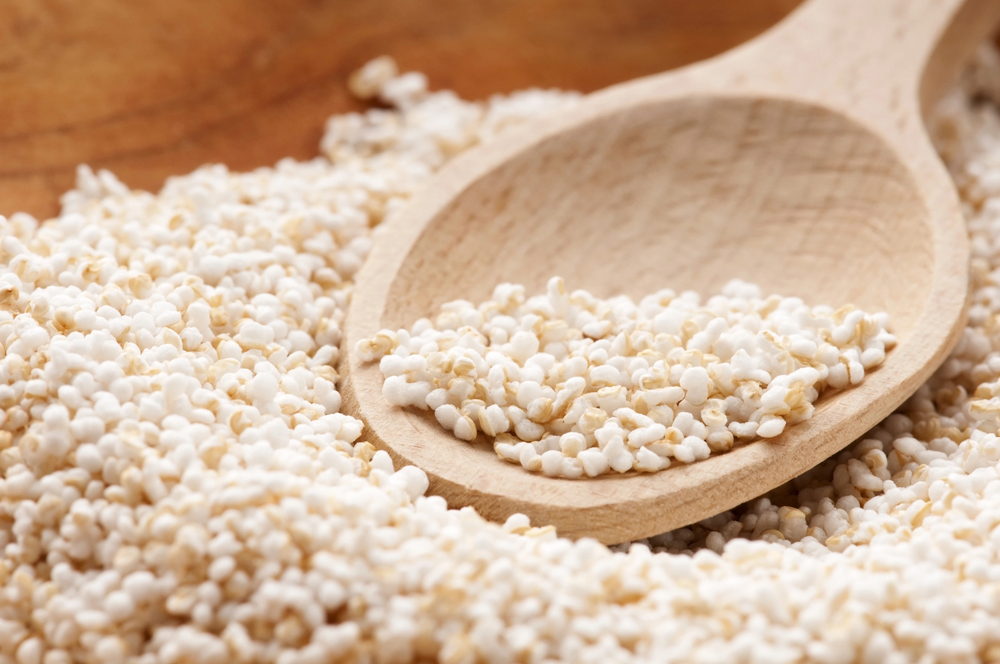
Amaranth is a pseudo-cereal rich in protein, fiber, and micronutrients, yet it fell out of favor for centuries before experiencing a resurgence in modern diets. Its nutritional benefits and versatility in gluten-free cooking make it a worthy addition to reconsider in one’s dietary repertoire.
Snake Wine
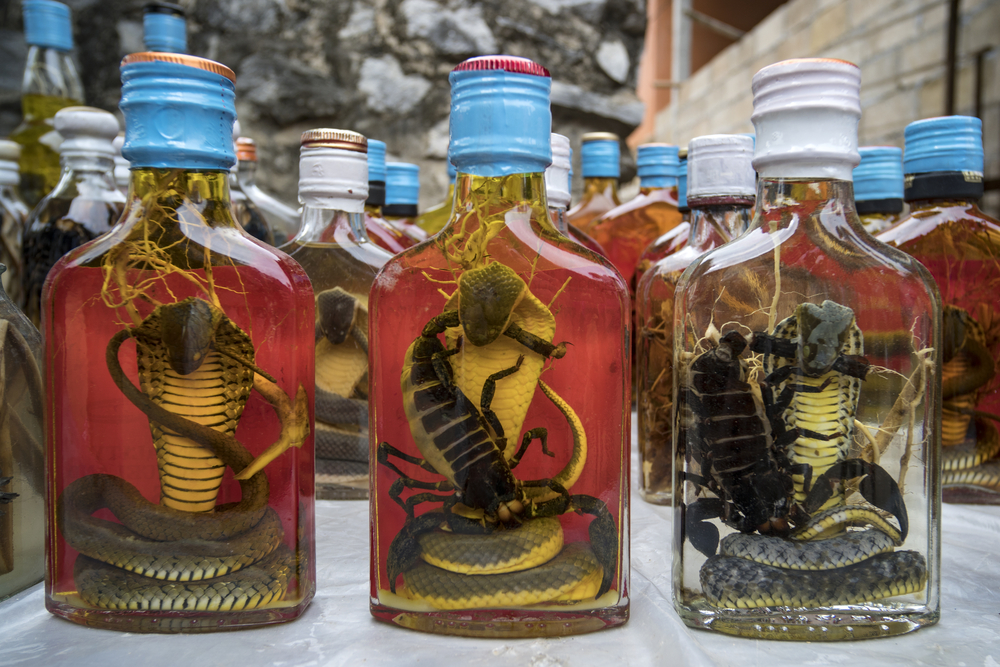
Found in various Asian countries, snake wine is an alcoholic beverage infused with venomous snakes. While its purported medicinal properties are debated, snake wine represents the intersection of traditional medicine and culinary practices, offering a glimpse into unique food customs.
Bizarre Ice Cream Flavors

From garlic to squid ink, ice cream comes in a wide range of unconventional flavors worldwide. These variations challenge traditional dessert norms and showcase the creativity and diversity in culinary experimentation, encouraging adventurous palates to explore new taste sensations.
Saffron, the World’s Most Expensive Spice
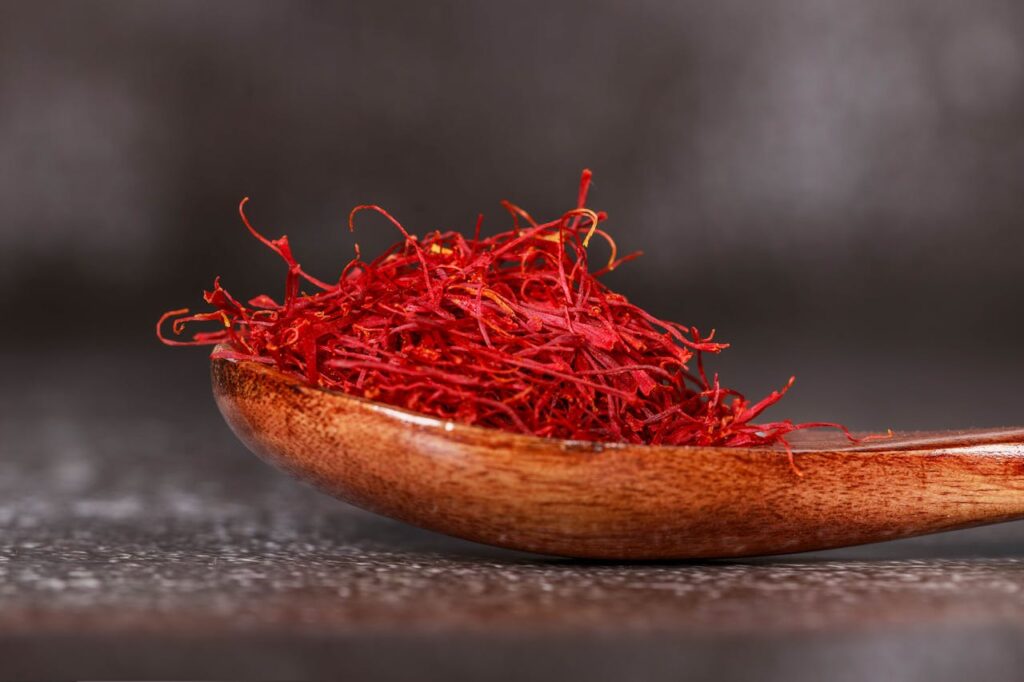
Saffron is derived from the Crocus sativus flower and is prized for its distinct flavor, aroma, and vibrant color. Its high cost per gram makes it a luxury ingredient, prompting discussions about the value of spices and the economic factors influencing food prices.
Kiwano, the Horned Melon
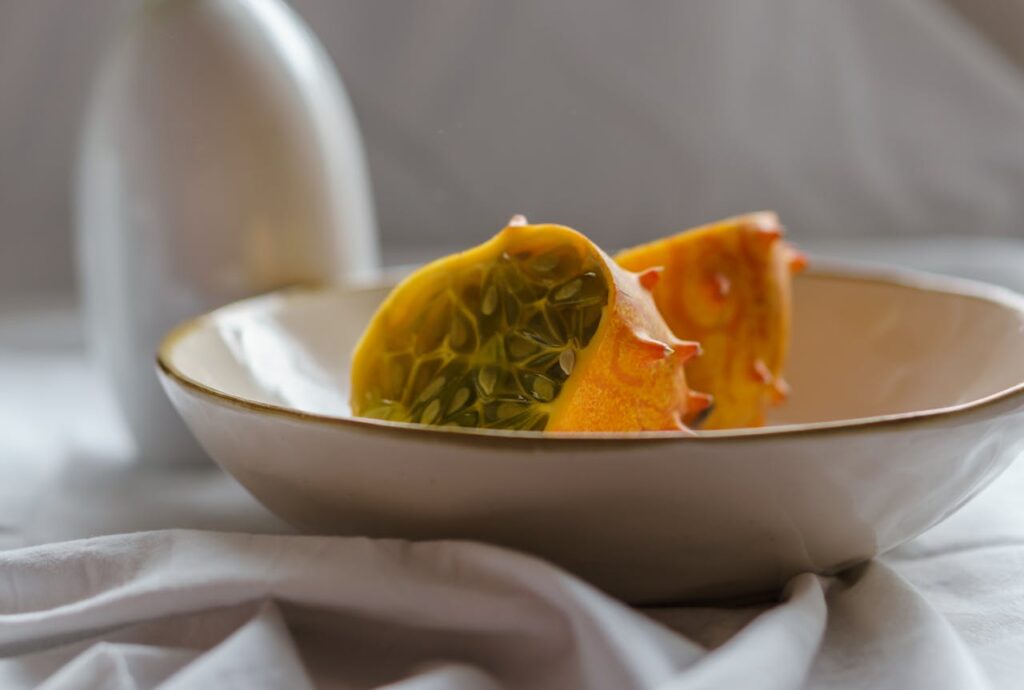
With its spiky orange exterior and jelly-like green interior, the kiwano is a visually striking fruit native to Africa. Despite its exotic appearance, kiwano is rich in vitamins and antioxidants, illustrating the diversity of fruits available and the potential for expanding one’s fruit choices.
Lutefisk, the Norwegian Delicacy
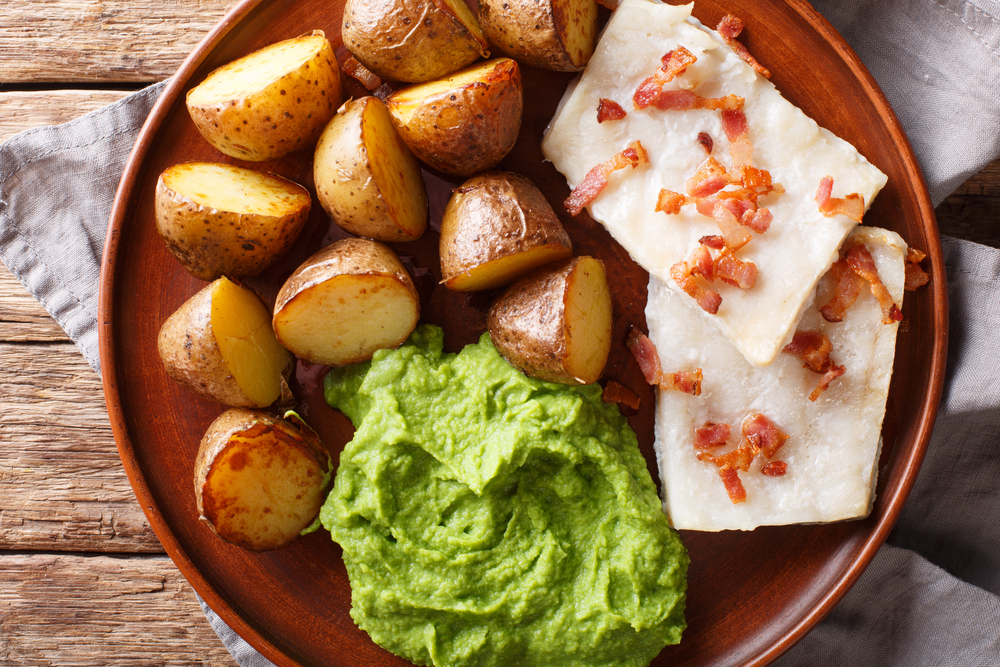
Lutefisk is a traditional Norwegian dish made from dried whitefish soaked in lye, giving it a gelatinous texture. While its preparation may seem unorthodox, it holds cultural significance in Scandinavian cuisine and highlights the unique preservation methods used in different culinary traditions.
Algae as Superfood
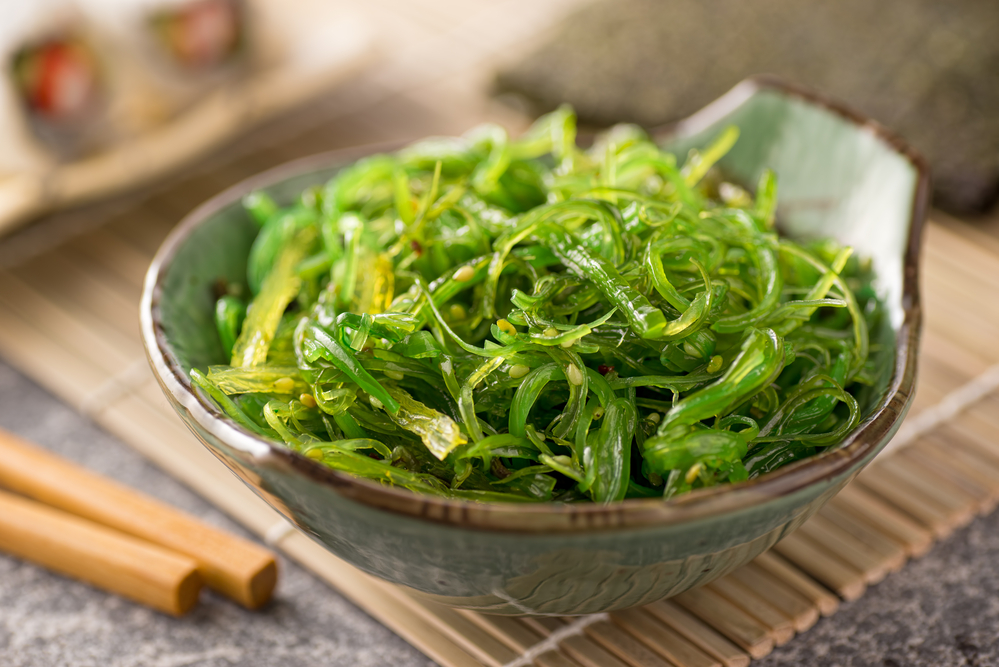
Algae, such as spirulina and chlorella, are nutrient-dense superfoods rich in protein, vitamins, and minerals. Despite their association with pond scum, algae offer sustainable and health-promoting benefits, encouraging a reevaluation of unconventional yet nutritious dietary options.
This article originally appeared on UnifyCosmos.
More from UnifyCosmos
20 Surprising Facts About Food and Eating Habits

Food is a fundamental part of our daily lives, but there’s a lot more to eating than just satisfying hunger. From bizarre culinary customs around the world to surprising health benefits of certain foods, our eating habits are filled with fascinating facts that might just change the way you look at your next meal. Read more!
23 Cheese Varieties from Lesser-Known European Regions
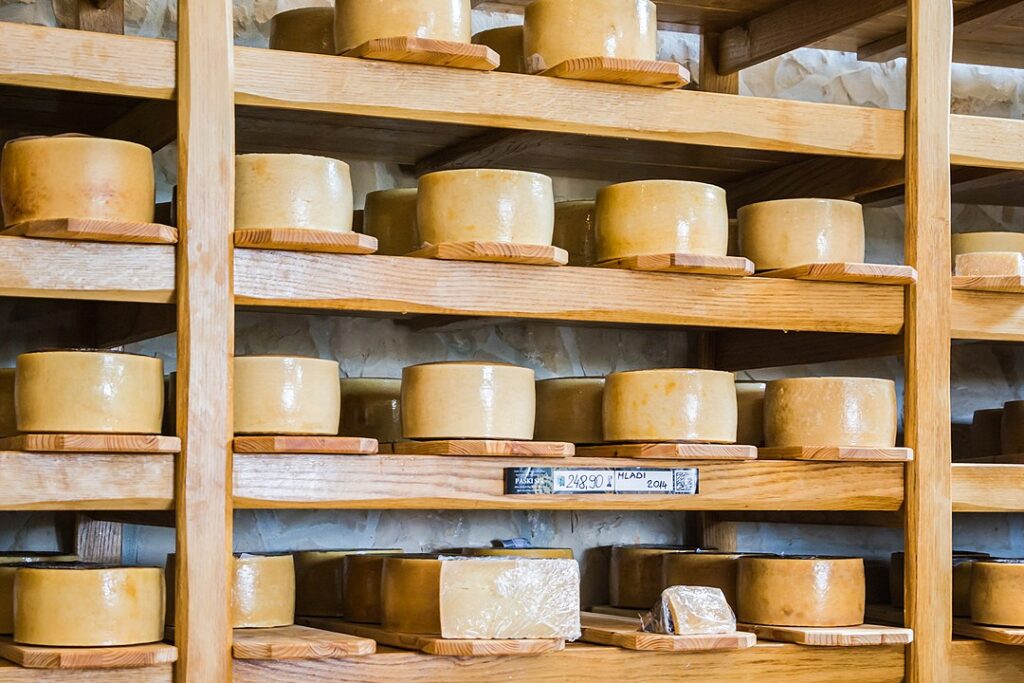
From the creamy textures of the Alps to the robust flavors found in the Balkan countryside, this article will guide you through an exploration of exquisite cheeses that are as rich in history as they are in taste. Read more!
23 Unbelievable Facts About Animals That You Never Learned in School
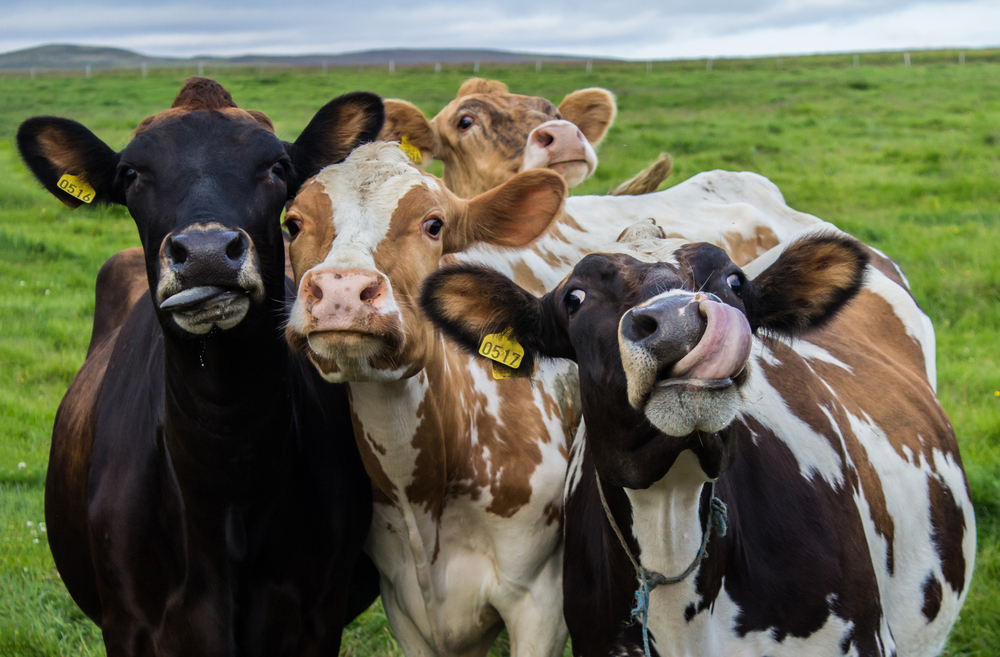
Prepare to be amazed as we delve into the fascinating and often unbelievable world of animals, uncovering incredible facts that were never taught in school. Read more!
Leave a Reply